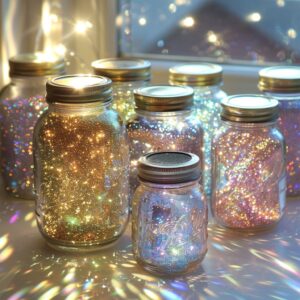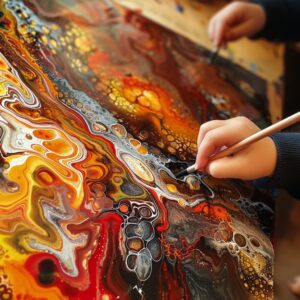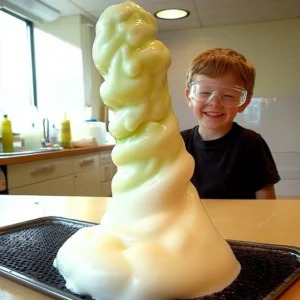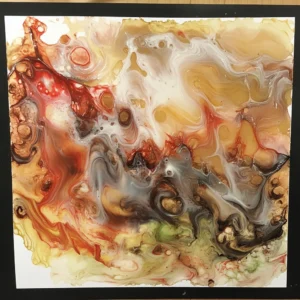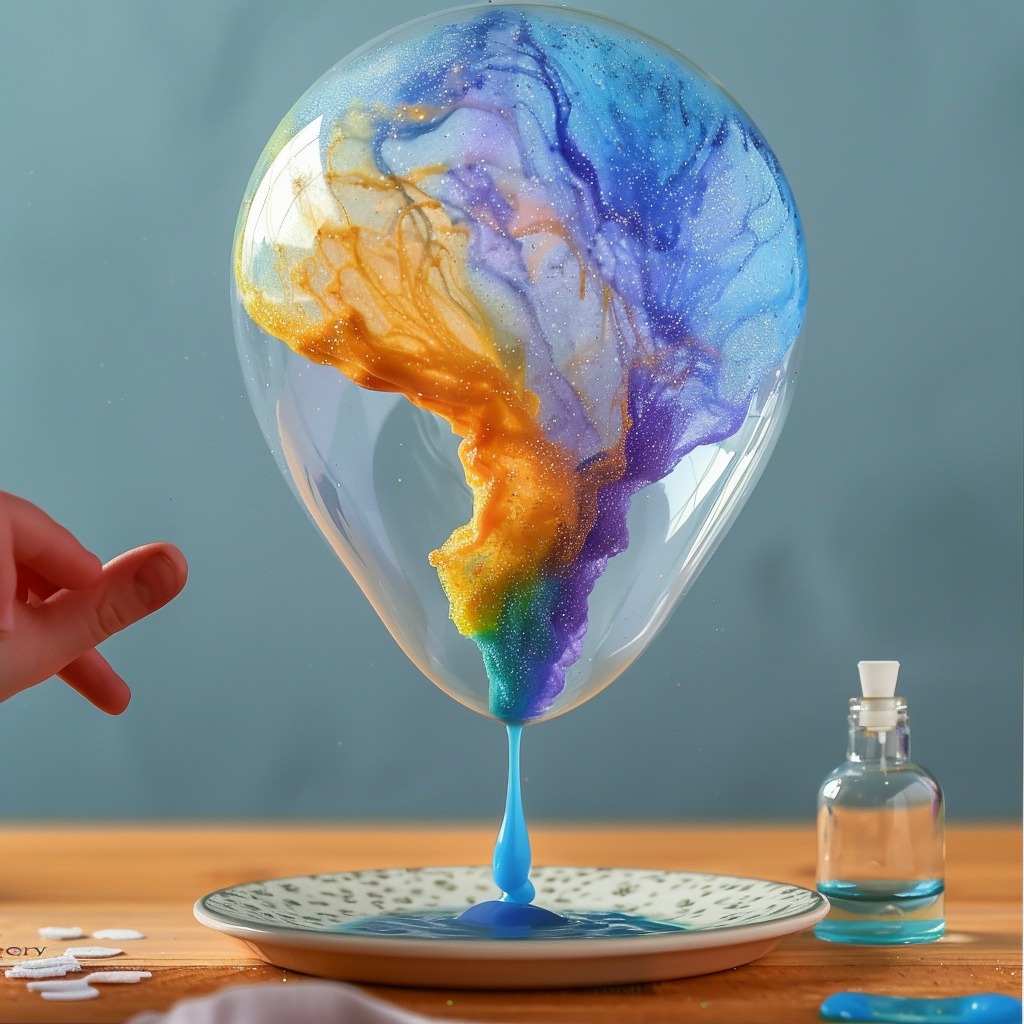
A fizzy, fun science experiment that gets kids excited about chemistry—using just a few household items!
Hey there, curious minds! 🌟
I’m so excited to share one of my all-time favorite kid-friendly science experiments with you—the Balloon Baking Soda Experiment! Whether you’re a parent looking for a rainy-day activity, a teacher prepping for class, or just someone who loves a little kitchen magic, this simple yet fascinating project is sure to bring wide eyes and lots of giggles.
Want more hands-on fun like this delivered to your inbox? Subscribe here for weekly creative science and recipe adventures!
What Is the Balloon Baking Soda Experiment?
It’s a classic chemistry demonstration that shows how two common ingredients—baking soda and vinegar—react to form a gas. When this gas has nowhere to go, it inflates a balloon! Kids get a front-row seat to an acid-base reaction and a balloon that “magically” grows.
It’s safe, affordable, educational, and oh-so-fun. 🧡
Why Kids Love This Experiment 🎉
- Immediate results—bubbles, fizz, and balloon inflation happen fast!
- Hands-on learning that doesn’t feel like learning.
- Customizable with glitter, food coloring, and different balloon sizes.
- Perfect for all ages, from toddlers (with supervision) to middle schoolers doing science projects.
What You’ll Need 🛒
Here’s your simple shopping list—most of these are probably in your kitchen right now:
- 1 balloon (any color!)
- 1 small plastic bottle (like an empty water bottle)
- 2–3 tablespoons baking soda
- ½ cup vinegar
- 1 small funnel or paper cone (to get the powder into the balloon)
- Optional: food coloring or glitter for a dazzling effect ✨
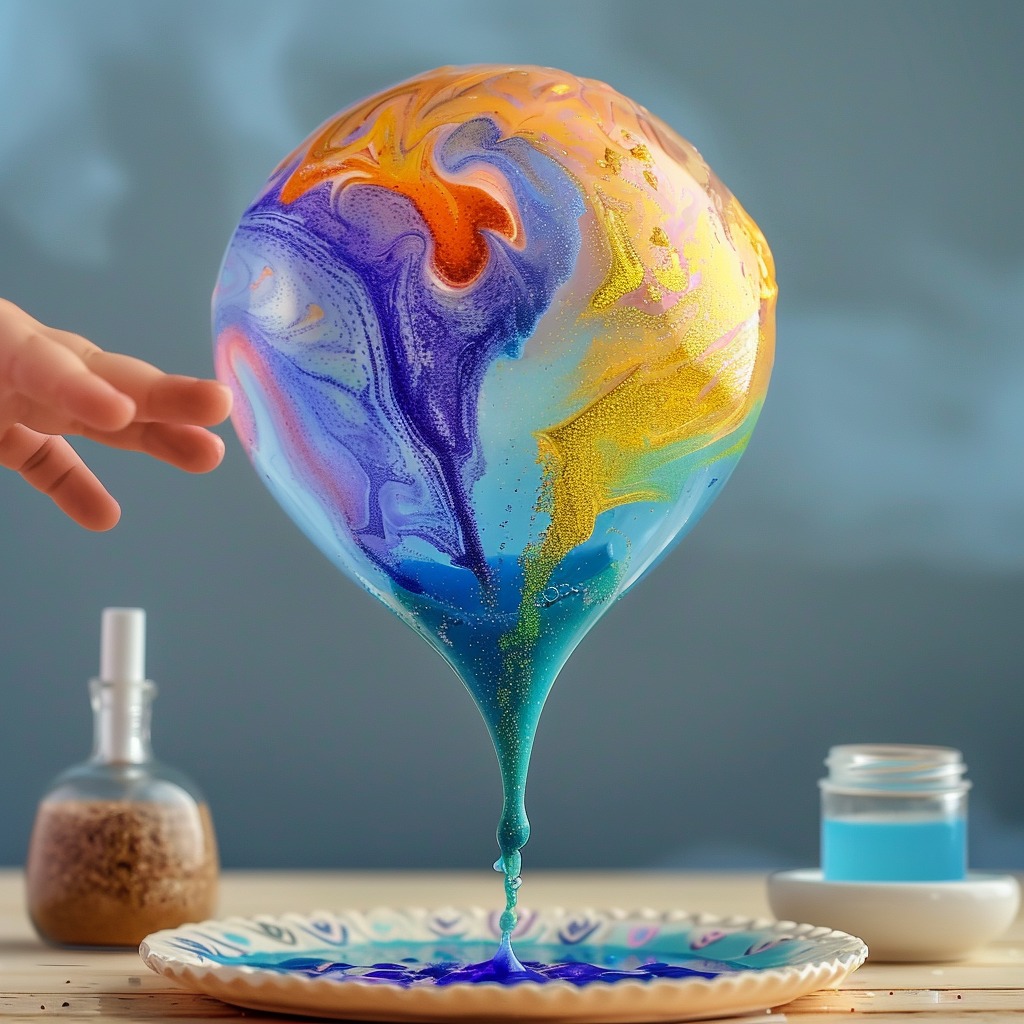
How to Do the Experiment 👩🔬
Step 1: Prep the Balloon
- Insert the funnel into the mouth of the balloon.
- Pour 2–3 tablespoons of baking soda into the balloon.
- Set it aside carefully so none of the powder spills out.
Step 2: Fill the Bottle
- Pour ½ cup vinegar into your plastic bottle.
- Add a few drops of food coloring or glitter for extra excitement!
Step 3: Attach the Balloon
- Carefully stretch the balloon’s open end over the bottle’s mouth.
- Be sure it’s snug! No air should escape around the edges.
- Important: Keep the balloon hanging down so the baking soda doesn’t fall in yet.
Step 4: Start the Reaction!
- Lift the balloon upright so the baking soda drops into the vinegar.
- Step back and watch the fizz fly! The gas produced will begin to inflate the balloon almost instantly.
The Science Behind It 🔬
When baking soda (a base) meets vinegar (an acid), they react to form carbon dioxide gas (CO₂). Since the gas needs somewhere to go, it escapes upward—and fills the balloon!
This is a great way to introduce concepts like:
- Chemical reactions
- Gas formation
- Acids vs. bases
- Cause and effect
Encourage kids to make predictions before the experiment and discuss what they observed afterward. 🧠💭
Tips for the Best Results 👍
- Don’t overfill the balloon with baking soda—it needs room to expand.
- If the bottle opening is small, use a skinnier funnel or paper cone.
- Make sure the balloon is sealed tightly to prevent leaks.
- Try different amounts of vinegar and baking soda to see how it changes the results.
Fun Variations & Extensions 🌈
- Balloon Sizes: Use different sizes or shapes of balloons to see how they inflate differently.
- Glow-in-the-Dark: Add a glow stick inside the balloon (sealed and unbroken!) for nighttime fun.
- Color Explosion: Mix food coloring directly into the vinegar for a bold visual.
- Science Fair Ready: Compare reaction times or balloon size with different vinegar volumes.
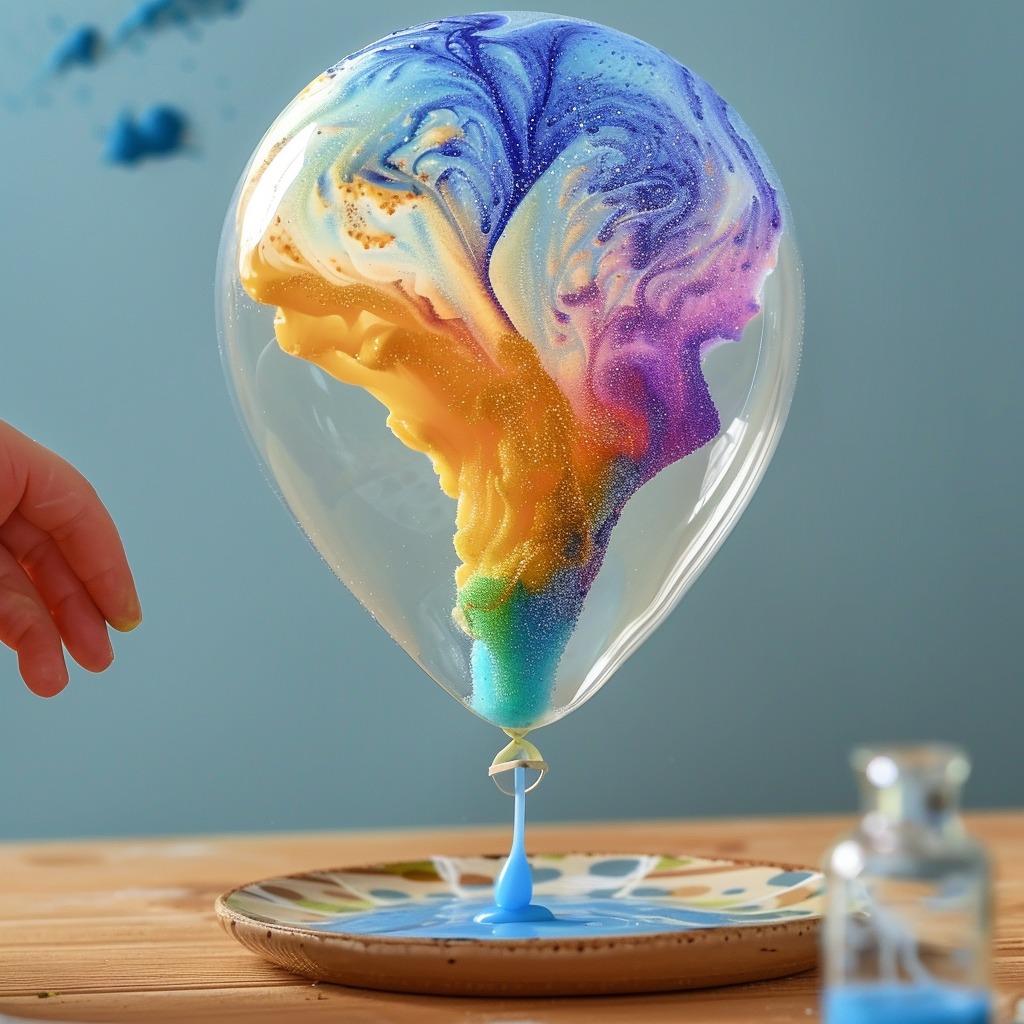
Frequently Asked Questions (FAQ) 🙋♀️
Is this safe for kids?
Yes! This is a kid-safe experiment using non-toxic household ingredients. Just supervise young children, especially when handling small items like balloons or funnels.
Can I reuse the balloon?
Yes, if it doesn’t stretch too much or pop, it can be rinsed and reused.
What if the balloon doesn’t inflate?
Check that the bottle is sealed well with the balloon and that the baking soda actually falls in. Also, make sure both ingredients are fresh!
Does this work with lemon juice instead of vinegar?
Absolutely! Lemon juice is also an acid and will create a similar reaction—great for comparing acid strengths.
Wrap-Up: Big Reactions from Small Ingredients 💥
Simple. Exciting. Science in action! The Balloon Baking Soda Experiment is more than just a cool trick—it’s a hands-on lesson that gets kids thinking and asking questions. Whether you’re doing this at home, in a classroom, or for a science fair, it’s guaranteed to leave a lasting impression.
Who knew balloons and baking soda could be so much fun? 🥳🎈
Try These Other Easy Science Experiments:
- Rainbow Walking Water
- Magic Milk Color Explosion
- Homemade Lava Lamp
Share Your Science Fun! 📸
Did you try this with your kids or students? I’d love to see it!
Snap a photo, tag me on Pinterest, and leave a comment to share how your experiment turned out!
Let’s keep inspiring curious little minds—one fun reaction at a time. 💛

Balloon Baking Soda Experiment
Ingredients
Method
- Insert the funnel into the mouth of the balloon.
- Pour 2–3 tablespoons of baking soda into the balloon.
- Set it aside carefully so none of the powder spills out.
- Pour ½ cup vinegar into your plastic bottle.
- Add a few drops of food coloring or glitter for extra excitement!
- Carefully stretch the balloon’s open end over the bottle’s mouth.
- Be sure it’s snug! No air should escape around the edges.
- Important: Keep the balloon hanging down so the baking soda doesn’t fall in yet.
- Lift the balloon upright so the baking soda drops into the vinegar.
- Step back and watch the fizz fly! The gas produced will begin to inflate the balloon almost instantly.

